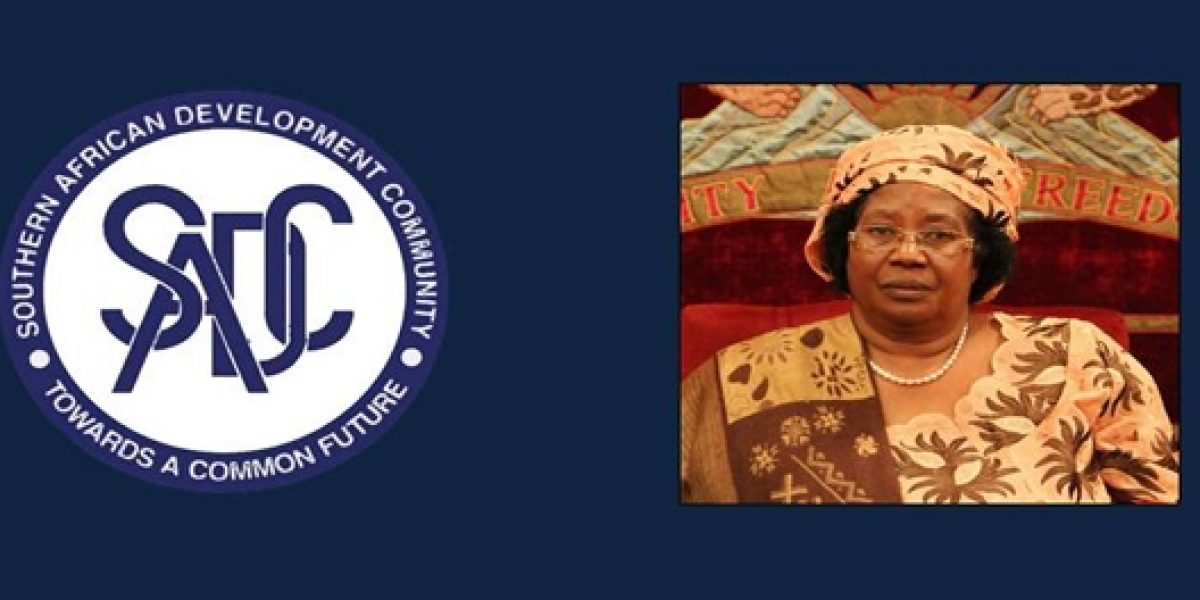The agenda of the summit is congested, and is clearly illustrative of the multitude challenges facing the regional body nineteen years since its transformation in 1994 from the Southern African Development Coordination Conference, which was founded in 1980.
As the body is fumbling on toward two decades of its existence in 2014, more questions than answers abound with regard to the ability of regional leaders to fulfil its lofty mandate. In its search to live by this mandate, the Lilongwe Summit will ambitiously deliberate on a wide range of issues, including the appointment of a new top leadership for the secretariat, the overall political situation in the region, and the report of the Ministerial Task Force on Regional Economic Integration. Instead of taking serious stock ahead of the twentieth anniversary of SADC next year, indications are that the Summit is likely to gloss over some of the most pressing issues that have led to the lack of/or timid implementation of its 26 legally binding protocols which covers areas as diverse as trade, defense, movement of people, corruption, energy and the illicit drug trade.
A diffuse political assemblage
The slow progress that has become emblematic of SADC’s institutional politics is not only a matter of the high stakes interactions and bargaining between states within regional economic communities, but more a manifestation of the embedded fault-lines that have been characterized by a permanent state of political crisis in certain member states. Throughout its relatively short existence, SADC has been dealing with pressing political crises in this or that member state with devastating consequences for a regional identity whose raison d’être ought to be the developmental agenda of the region. First, these crises required protracted mediation. This has been the case with Zimbabwe, lasting well over a decade and still ongoing, and Madagascar, which has been in a state of political impasse since 2009. Second, a lack of effective crisis management and a unanimous stance in SADC led to the deployment of military personnel in the Democratic Republic of the Congo and Lesotho in 1998 with one camp supporting military intervention, while the other opposed it. Both these interventions left schisms between member states. More recently, SADC sponsored an intervention brigade of approximately 3 500 soldiers, authorised to conduct robust peacekeeping operations to protect civilians under threat and to neutralise armed groups in the eastern DRC. Third, several member states including Angola and Mozambique have experienced protracted tensions and crisis since 1994, while others such as Malawi and Zambia went through periods of constitutional crisis and internal political challenges.
This picture of permanent conflict, crisis and tension displaced what ought to have been a dominant trade integration agenda for the region. The overwhelming majority of the extraordinary SADC Summits have been dedicated to dealing with political crises in member states. Mediating in conflicts and military interventions are costly and take away much needed resources that could have been best utilised for development. How to institute the required shift from an agenda whose agency is driven by the necessity to solve conflicts and political crises in member states, and rarely the hard economic issues that are the leitmotif of regional economic communities, remains the most crucial challenge facing SADC at the Lilongwe summit and beyond. Whether such a hard and urgent discussion will take place in light of the timidity of the SADC collective with regard to punitive measures for member states operating cunningly outside the boundaries of good governance and rule of law is still an open-ended debate.
Shifting to a developmental agenda
The most salient existential question facing SADC at this point in its history is how to set the wheels in motion for a prosperous region. In light of the dominant political culture and politics of liberation discourses and socialisation within the region, it appears highly unlikely that such a shift will take place in the short to medium term. Apart from the suspension of member states where power is seized through unconstitutional means, SADC decisions on the burning political governance questions reflect the lowest common denominator approach. The recent endorsement by SADC of what was arguably a flawed election in Zimbabwe captures pretty well the inability of SADC to make the hard choices that will create solid foundations for a sustainable region.
Moreover, the SADC secretariat is heavily underfunded and understaffed. The morale of staff members is allegedly low due to the absence of a strong political and administrative vision. Weak states are less likely to invest and empower regional institutions, and the membership of SADC fits neatly into this category. Therefore, a disempowered secretariat will struggle to implement regional master plans.
The Lilongwe Summit agenda provides an opportunity to open the box and to think carefully about the institutional mechanics of SADC. With Zimbabwe slightly off the radar, the Summit should re-engineer the institution and set in motion an ambitious governance agenda that creates buffers against misrule and unending conflict resolution. Regional leaders should muster the courage to think about the SADC of the future. The current default mode is a region dealing with, and muddling from one conflict to the next with potentially corrosive effects on the developmental agenda.








